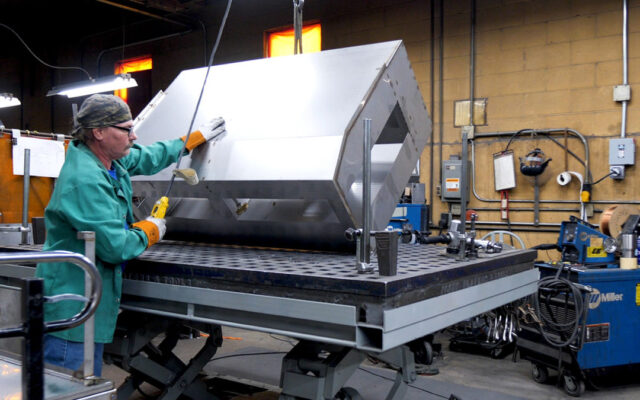
Sheet metal fabrication is an essential component of various industries, ranging from construction, aerospace, automotive, and manufacturing, among others. As the demand for high-quality, durable, and cost-effective products continues to grow, the sheet metal fabrication industry has been forced to adapt to changing market trends and innovations to remain relevant.
In recent years, advancements in technology, automation, and material sciences have revolutionized the sheet metal fabrication industry, allowing manufacturers to produce intricate designs with exceptional accuracy and speed. The sheet metal fabrication industry has been around for a long time, but in recent years, it has undergone a significant transformation. As a result, new trends and innovations have emerged, and companies that fail to embrace them risk being left behind.
In this context, this article will explore some of the latest trends and innovations in the sheet metal fabrication industry, including the use of artificial intelligence, robotics, and 3D printing, among others. We will also discuss the potential implications of these developments for the industry’s future, both in terms of opportunities and challenges.
Automation
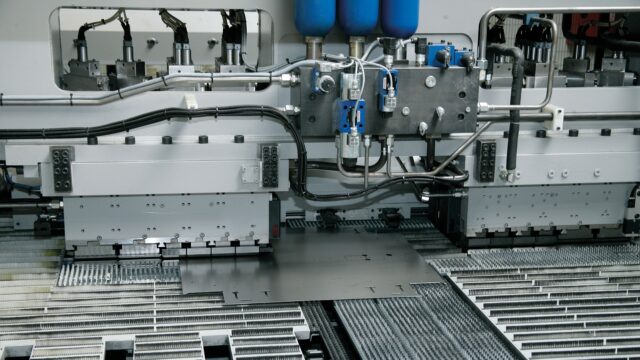
Automation has been a game-changer for the sheet metal fabrication industry. The use of robots and automated machines has led to improved efficiency, accuracy, and consistency in the fabrication process. With advancements in robotics and artificial intelligence, automation is likely to become even more prevalent in the industry.
Sustainable Materials
Sustainability is becoming an increasingly important consideration in the sheet metal fabrication industry. Manufacturers are looking for ways to reduce waste and lower their carbon footprint by using sustainable materials like recycled steel and aluminum. Additionally, many companies are investing in renewable energy sources like solar power to reduce their energy consumption and greenhouse gas emissions.
3D Printing
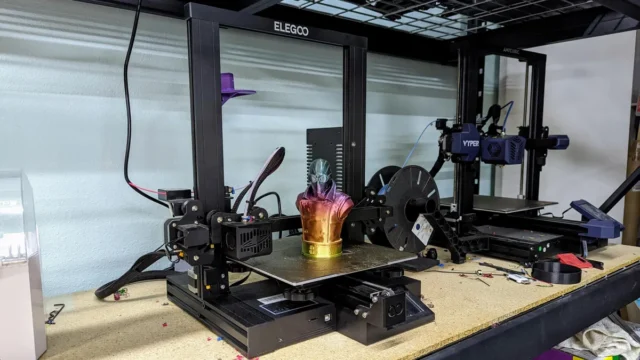
3D printing is another innovation that is changing the face of sheet metal fabrication. With 3D printing, manufacturers can create complex designs and parts with a high degree of accuracy and precision. This technology is especially useful for creating prototypes and small production runs.
Potential implications of 3D printing on traditional sheet metal fabrication processes
The rise of 3D printing technology has the potential to significantly impact traditional sheet metal fabrication processes. 3D printing allows for the creation of complex shapes and designs that would be difficult or impossible to produce with traditional sheet metal fabrication methods. This could lead to increased customization and faster prototyping times. However, 3D printing has some limitations, such as material strength and durability compared to traditional sheet metal fabrication. Additionally, the cost of 3D printing can be higher than traditional methods, depending on the volume and complexity of the design. As a result, a hybrid approach, utilizing both traditional and 3D printing methods, may be the most effective way to achieve the desired results.
Robotics
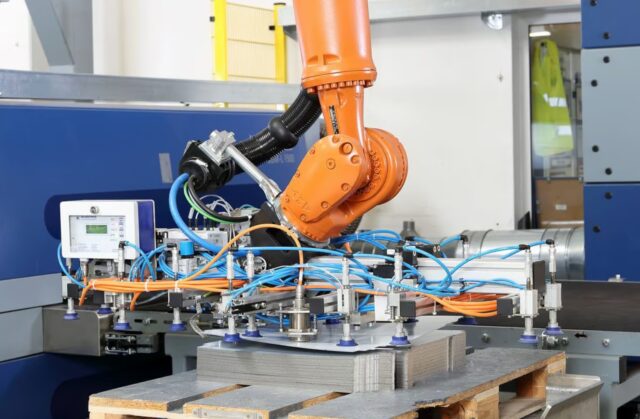
Robotics is a rapidly evolving field that involves the design, construction, and operation of robots. In the sheet metal fabrication industry, robotics is being used to automate various processes, such as welding, cutting, and bending, offering numerous benefits such as improved precision, speed, and safety. Robotics is also enabling the industry to produce complex designs that were previously difficult to achieve with traditional methods. With advancements in technology, such as the use of artificial intelligence and machine learning, robots can now perform tasks with greater efficiency and adaptability. Overall, robotics is transforming the sheet metal fabrication industry, offering new opportunities for growth and innovation while improving quality, productivity, and safety.
Digitalization
Digitalization is transforming every aspect of the sheet metal fabrication industry, from design to production. Advanced software programs are enabling manufacturers to design and simulate parts and assemblies in a virtual environment, reducing the need for physical prototypes. Digitalization is also improving communication and collaboration among designers, engineers, and fabricators.
Laser Cutting
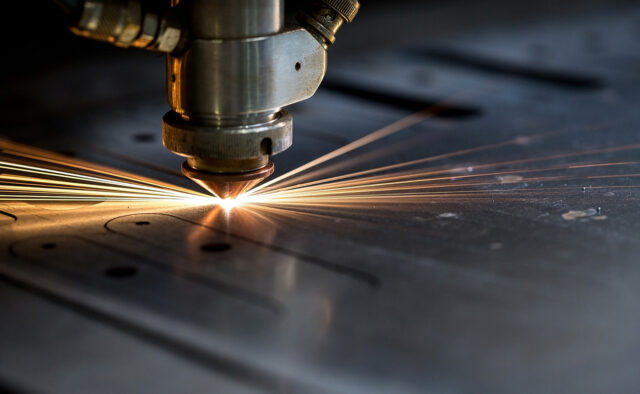
Laser cutting is a popular method used in sheet metal fabrication that involves using a laser to cut or engrave materials. It is a precise and efficient process that has become increasingly popular in recent years due to its ability to produce high-quality results quickly.
Laser cutting uses a highly focused beam of light that melts, vaporizes, or burns through the material being cut. The process produces a narrow kerf, which is the width of the cut, and a small heat-affected zone, reducing the amount of material that is wasted.
Laser cutting can be used on a variety of materials, including metals, plastics, and even wood. It is a versatile process that allows for the creation of intricate designs and patterns that would be difficult to achieve with traditional cutting methods. Additionally, it can be used for both small-scale and large-scale production runs.
Overall, laser cutting is a valuable tool in the sheet metal fabrication industry, allowing for the creation of precise and efficient cuts with minimal waste.
IoT Integration
The Internet of Things (IoT) is beginning to make its presence felt in the sheet metal fabrication industry. By integrating sensors and other IoT devices into their equipment, manufacturers can monitor performance, identify potential problems, and optimize their operations for maximum efficiency.
Industry 4.0
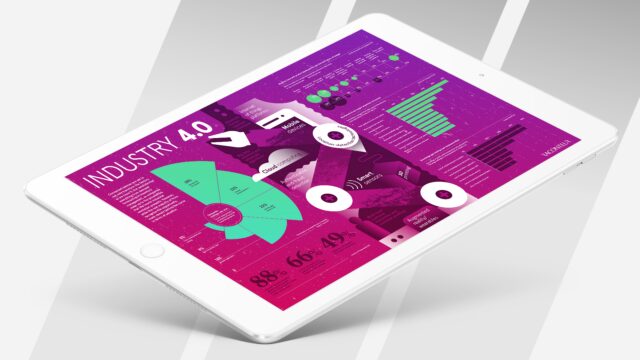
This is a term used to describe the fourth industrial revolution, which is characterized by the integration of advanced technologies into the manufacturing process. In the sheet metal fabrication industry, Industry 4.0 is leading to the development of smart factories, where machines, people, and processes are connected and can communicate with each other in real time.
Conclusion
In conclusion, the sheet metal fabrication industry is evolving rapidly, driven by technological advancements, market trends, and sustainability concerns. As highlighted in this article, trends such as AI and machine learning, robotics, 3D printing, and sustainable practices are transforming the industry, offering new opportunities for growth and innovation.
However, these trends also pose challenges, such as the need for upskilling and reskilling workers, investing in new technology, and adapting to changing market demands. Therefore, it is essential for companies in the sheet metal fabrication industry to stay up-to-date with the latest trends and innovations, continuously improving their processes and practices to remain competitive.
Despite these challenges, the sheet metal fabrication industry’s future looks promising, with the potential to develop new products, create jobs, and contribute to sustainable economic growth. As such, companies that embrace these trends and innovations are likely to thrive and succeed in the years to come.







